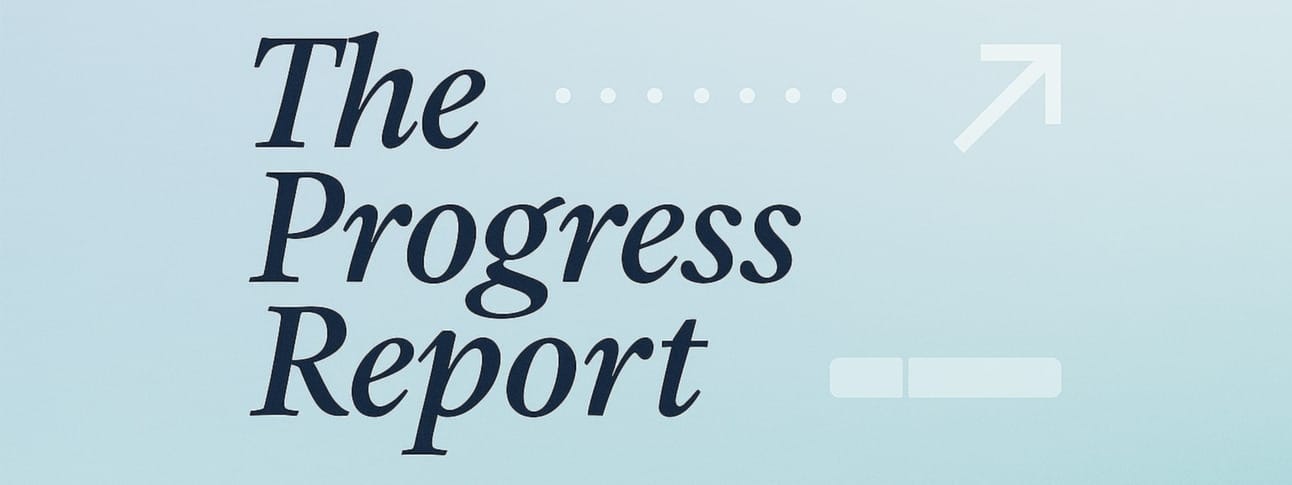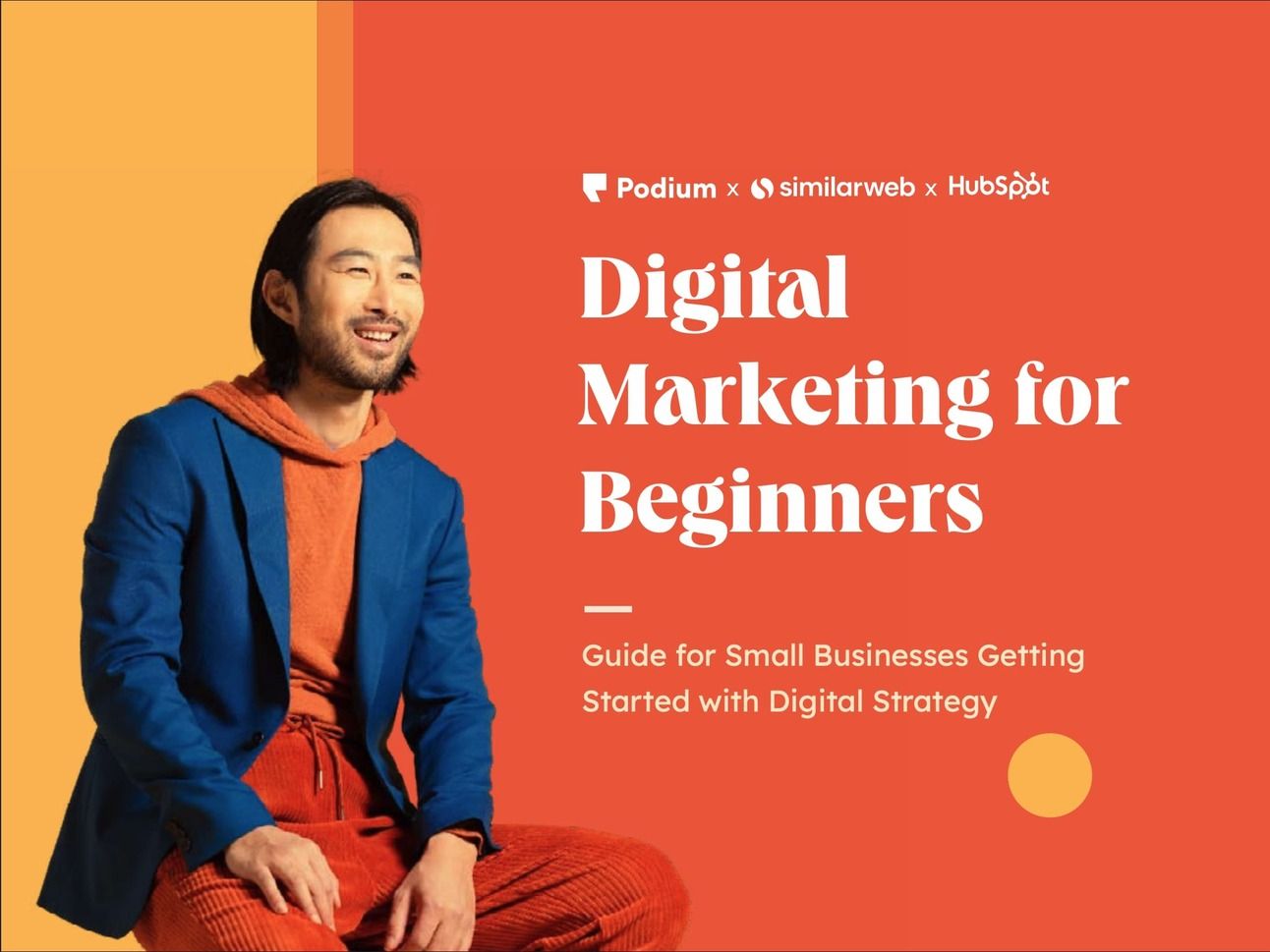
May 13, 2025
In partnership with

Spring has sprung, and I’ve been making the most of it. Longer days, sunshine on my skin and, best of all, more casual convos about business.
I went for a run with a friend the other day, and he told me about his next big move.
He’s been running a paid-ads business solo for a few years. Steady income, low stress, no one to report to. What’s not to love?
Well, it isn’t super fulfilling. He liked the process of getting his business started and now, it’s running stably—but it isn’t scratching the same itch.
So, he’s setting his sights higher. He’s going to transform his lifestyle business into a full-fledged agency.
There’s something so intoxicating about this stage of business. You’ve proven that people are willing to pay for the thing you offer, and that you can deliver on it.
But the thing about scaling is… it tends to serve up the hard lessons, fast.
My friend was ready for the usual suspects:
Sales growing pains,
Training new hires,
Handing off control.
And, don’t get me wrong—he’s right to be concerned with all of the above, but the biggest drain on his time (and sanity) was unexpected: needy, low-paying clients who are always wanting more.
In this newsletter:
Why bad clients are so dang expensive
How to stop them before they get their claws in you
Sponsored
Need to skill up fast? Start here.
If you’re self-taught, self-funded and wearing all the hats, you know that figuring out marketing can be the hardest part. This guide from HubSpot is a jargon-free, action-focused intro to digital marketing fundamentals: how to attract attention, convert leads and actually get found online.
Whether you're building your first funnel or realizing your old tactics aren't working anymore, it’ll give you the right building blocks—without demanding a degree in marketing theory.
Weekly Insight

Bad clients are all-but-guaranteed. No matter what you do or how you market, you’ll inevitably come across someone whose business just isn’t worth it.
It starts small.
A client asking for a “quick tweak” to an ad headline—no big deal. Then it quickly becomes “another angle” for the landing page and a “fresh creative concept,” despite the client already getting the results they were promised.
In my friend’s case, he found himself spending double the contracted hours on a client after month 3, fielding Slack messages at all hours of the day—and still being told he wasn’t delivering enough value.
Honestly, even just writing about this raises my blood pressure; thinking back to old clients who did the same thing… and how much time I wasted with them.
The clients who pay you the least often ask for the most. It’s counterintuitive, but in my experience, nearly always true.
It usually goes like this:
Prospective client is reached by your sales/marketing material.
Your initial conversations feel… iffy. They seem to kind of get your value, but tell you they’ll have to think on it.
They come back with a revised proposal—typically, with a lower price and/or increased scope of work.
You eagerly say yes, grateful for the new business.
When you're hungry for growth, it's easy to ignore those red flags because hey, money is money… right?
But this is where founders get stuck.
Every hour my friend spent chasing approvals, making micro-edits or “just hopping on a quick call” was an hour he wasn’t building systems, training his team or landing bigger, better clients.
And that’s the real cost of bad-fit clients: the opportunity cost of what you could have built with that time instead.
That is, unless you figure out how to beat it—and fast.
You teach people how to treat you.
Intent to Action
Not every low-paying client is evil. But the thing about bad apples is… they don’t show their true colors upfront.
That’s why you need a system: a quick, no-nonsense way to spot warning signs early and protect your future self.
And, trust me. This’ll take 20 minutes today, but save you 20+ hours over the next 3 months.
First, let’s talk about why this trap is so common:
Scarcity mindset: When leads are slow, any money feels like good money.
Fear of turning down work: Saying no feels risky—especially early on.
Imposter syndrome: You might doubt your own worth or worry that holding your ground will scare off “good” clients.
But, remember: every choice comes with tradeoffs. If you say yes to A, it means you don’t have time for B.
Thus, a single bad-fit client can stunt your business development—wolfing up your time, and preventing you from growing into the next phase.
So, let’s stop that before it starts.

If you wanna print this out and put it on your wall, please do (and send me a picture 😉).
If you’re currently in discussions with prospective clients, take the time to run them through this list. If red flags pop up, that’s a strong signal to reassess.
And, for your own sake, don’t just gloss over it. (or do, but don’t come cryin’ to me when they end up being a gigantic headache)
Closing Thought
Clients who respect your boundaries also respect your work. And when you hold the line, you make room for better opportunities—on your terms.
Next up: just because your business lives online doesn’t mean you can skip the “meet people where they are” part. Next week’s about building visibility (and relevance) that actually brings new clients your way.
See you then.

